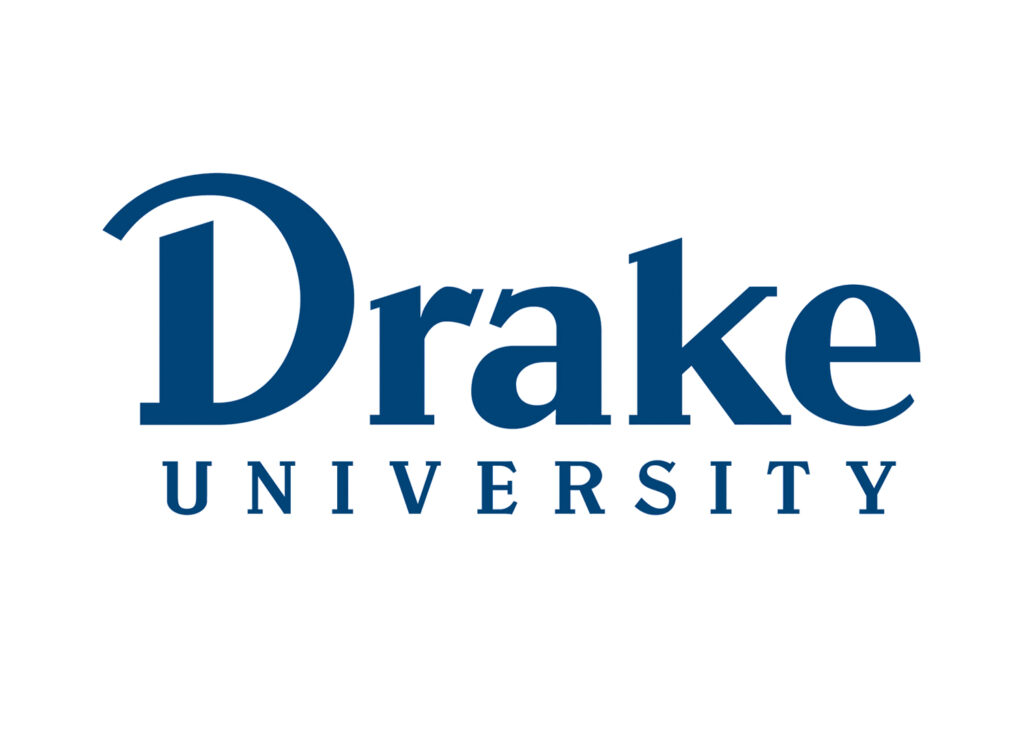Survey: High-deductible health plans keep group cost increases lowest in three years

BUSINESS RECORD STAFF Oct 26, 2016 | 8:10 pm
2 min read time
450 wordsAll Latest News, Health and Wellness, InsuranceMore employees moving into lower-cost medical plans contributed to one of the smallest increases in total health benefit cost per employee in decades, according to results of a new national survey by Mercer.
The average U.S. increase of 2.4 percent in 2016 is the lowest since 2013, and before that, since 1997. According to Mercer’s National Survey of Employer-Sponsored Health Plans, total health benefits cost averaged $11,920 per employee in 2016. This cost includes both employer and employee contributions for medical, dental and other health coverage, for all covered employees and dependents.
Health benefit cost increased at a higher rate among Iowa and Nebraska employers surveyed — an average increase of 5.5 percent — but were still below the national total, at $11,357 per employee.
Asked about their 2017 costs, Iowa and Nebraska respondents estimated that if they made no changes to their current plan, costs would rise by 5.8 percent. However, they expect to hold their cost increase to 3.8 percent by making changes to plan design or plan vendors.
Fifty-one percent of the 71 Iowa and Nebraska companies in the survey offered a high-deductible consumer-directed health plan (CDHP) with a health savings or health reimbursement account in 2016, capturing enrollment of 29 percent of their employee population. Of those employers sponsoring an HSA-eligible CDHP, 79 percent of companies made a contribution to the employees’ accounts.
Coverage in a CDHP that is eligible for an HSA cost 22 percent less, on average,than coverage in a traditional preferred provider organization plan among large employers, even when employer contributions to employee HSA accounts are included, according to the report.
Despite the CDHP’s lower cost, most employers continue to offer it as a choice and not as a full replacement. While 61 percent of large employers now offer a CDHP, up from 59 percent last year, just 9 percent offer it as the only plan available to employees.
“For employees who can manage the higher deductible, a CDHP can be a financially smart move,” said Jim Green, team leader for Mercer’s Urbandale Health & Benefits practice. “Employers are trying to make it easier to choose a CDHP by offering resources to help employees manage their spending on health care. But the fact that most employers still offer a CDHP as an option alongside other choices shows they understand it may not be the right plan for everyone — and that’s OK.”
The survey was conducted during the summer using a national probability sample of public and private employers with at least 10 employees; 2,544 employers completed the survey. The results represent about 600,000 employers and nearly 100 million full- and part-time employees, with an error range of plus or minus 3 percent.










